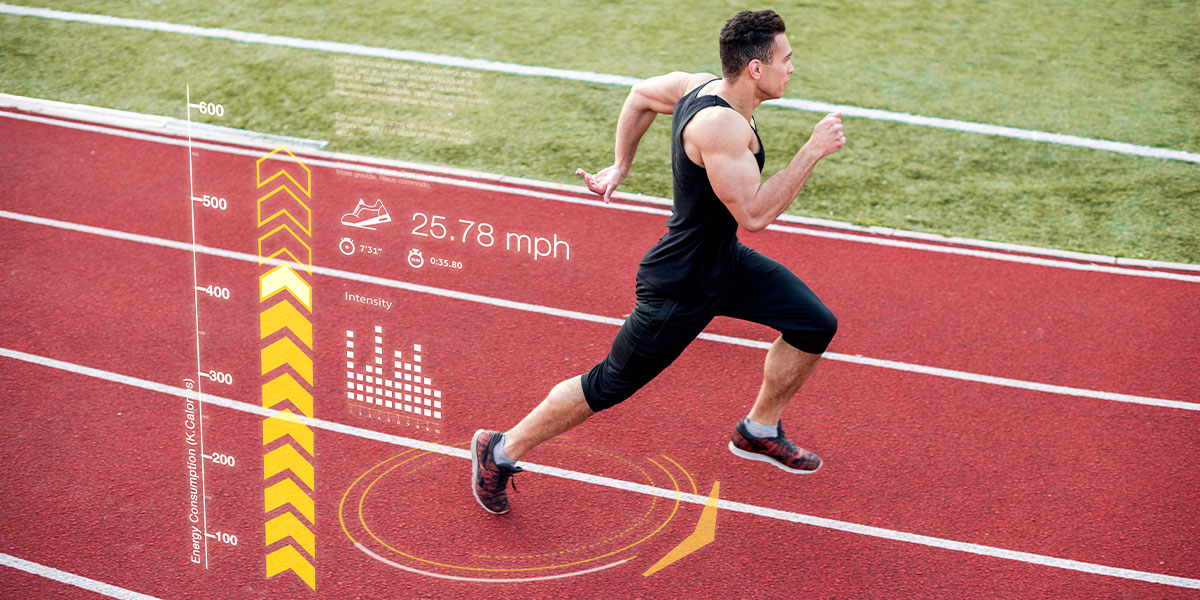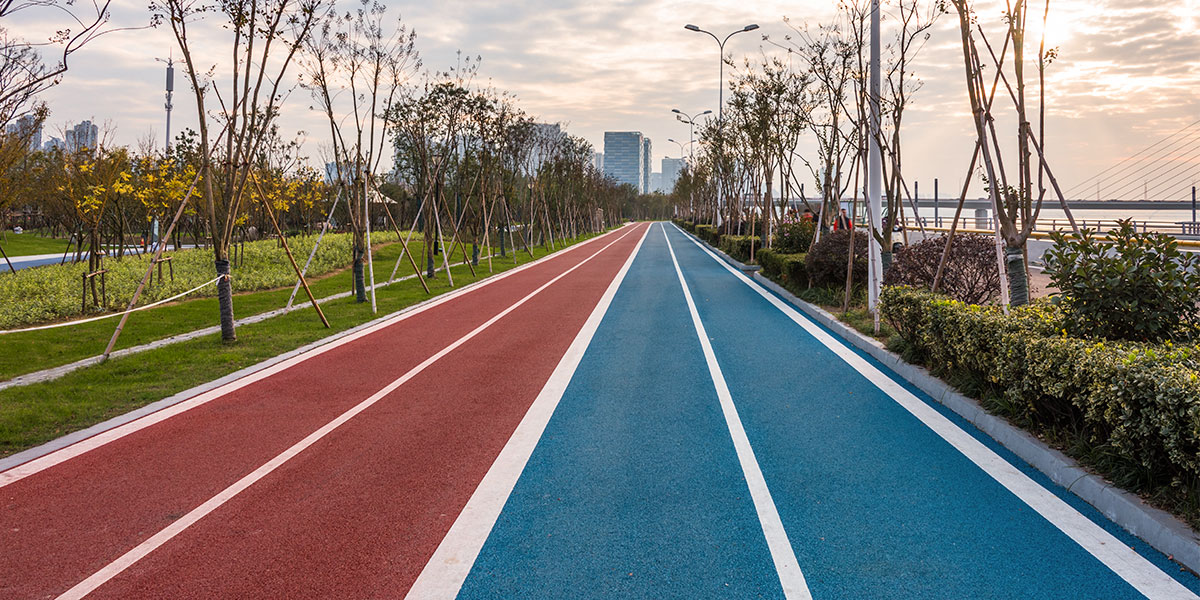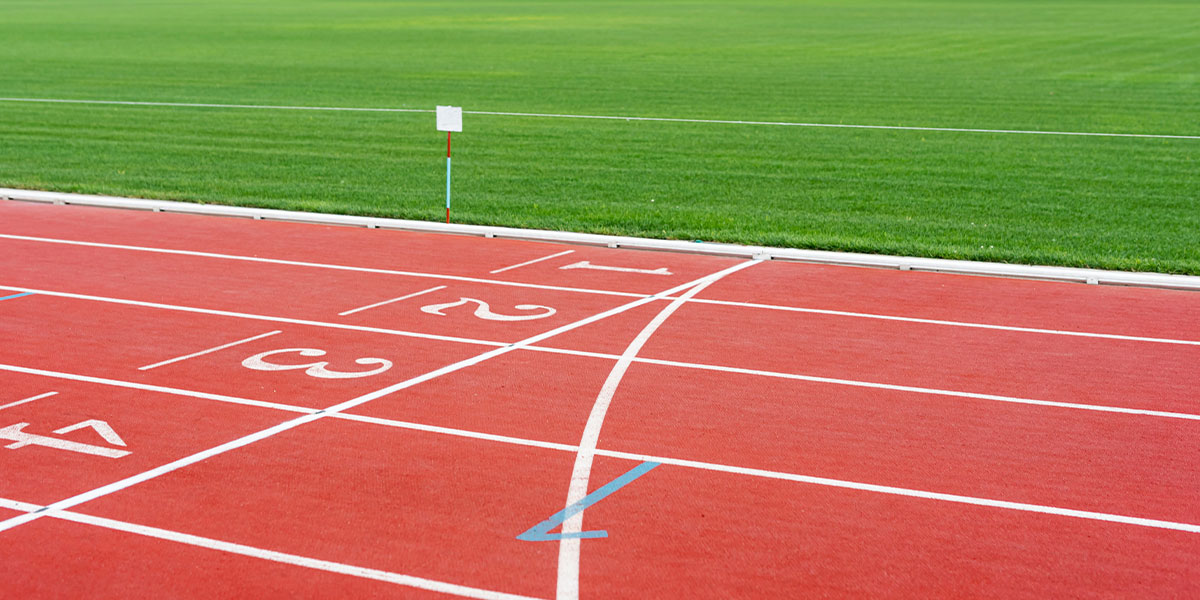
A running track is a specially designed surface aimed at improving the performance of both professional athletes and amateur runners. Thanks to advancing technology, the design, materials, and structures of these tracks are continuously evolving and being taken to new levels. In this article, we will explore the new generation of running track technologies and their various applications in detail. We will also provide important information about running track installation, maintenance, and standards.
What is a Running Track?
A running track is a surface specifically designed for running, typically found in athletic fields. These tracks are used for both professional races and training. The surface is coated with special materials to ensure that athletes can perform at their best while running. Running tracks are usually built with durable, flexible surfaces such as rubber, polyurethane, or epoxy. These materials reduce the shock impact when athletes make contact with the ground, thus preserving muscle and joint health.
Where are Running Tracks Installed?
Running tracks are typically installed in the following areas:
- Athletic Stadiums: These are the most common places where running tracks are used for professional athletics competitions.
- School and University Sports Fields: Educational institutions build running tracks to allow students to engage in physical activities.
- Fitness Centers and Sports Complexes: Running tracks are also commonly found in gyms and sports complexes.
- Parks and Open Spaces: Outdoor running tracks are often created in city parks to allow the public to engage in exercise.
Today, various types of surfaces and designs are used to provide accessible running spaces for both professional athletes and the general public.
Structure of a Running Track
The structure of new-generation running tracks has been developed not only for aesthetics but also for functionality. Instead of traditional asphalt or concrete tracks, modern running tracks use flexible, high-performance surfaces.
Basic Layers of a Running Track Structure:
- Subbase Layer: This is the foundational layer under the ground surface to ensure stability. It facilitates proper drainage.
- Isolation Layer: This layer prevents water accumulation and protects the surface from degradation.
- Running Surface (Top Layer): This is the layer that athletes come into direct contact with when running. New-generation tracks typically use rubber and elastomeric materials. This layer reduces friction and provides a smooth running experience for athletes.
Thanks to modern technologies, these surfaces are more durable, flexible, and long-lasting. Companies like sportsflooringsystem.com use advanced materials and engineering techniques to create optimal running tracks for athletes.
Running Track Installation
The installation of a running track is a specialized process. It involves choosing the correct surface, preparing the ground, and applying the layers in the right order. Here are the steps for installing a running track:
- Ground Preparation: The area where the running track will be constructed must be smooth, level, and stable. This stage is critical for ensuring the track’s structural integrity.
- Infrastructure Works: The subbase layer and drainage system are installed. This stage is crucial for the long-lasting durability of the track.
- Surface Coating: The final surface layer is applied, ensuring a smooth and even finish. Materials such as rubber, epoxy, or polyurethane are used for the top layer.
- Testing and Approval: Final checks are carried out to ensure the track meets all quality standards. The surface’s smoothness, elasticity, and adherence to safety regulations are thoroughly tested.
Professional companies like sportsflooringsystem.com provide expertise at every stage of the installation process, building tracks that comply with international standards.
Running Track Maintenance
For a running track to remain durable, regular maintenance is essential. Key aspects of running track maintenance include:
- Cleaning: Debris such as leaves, dirt, and other residues can negatively impact the track’s performance. Regular cleaning ensures the track remains functional.
- Surface Checks: Cracks, deformation, or damage to the surface should be identified and repaired promptly. Regular checks are particularly important for rubberized surfaces.
- Surface Renewal: Over time, the surface may wear out. Periodic resurfacing ensures the track remains in good condition and its quality is maintained.
New-generation tracks are more durable than older models, reducing the maintenance costs while offering longer lifespans.
Running Track Technologies and Global Standards
In recent years, running track technologies have seen significant advancements. These technologies aim to produce surfaces that are more durable, environmentally friendly, and protective of athlete health. Some new technologies used in running track design include:
- Eco-Friendly Materials: Environmentally friendly rubber and recyclable materials are commonly used in new-generation tracks.
- Smart Surfaces: Some advanced technologies incorporate integrated sensors and measurement devices in the track surfaces. These sensors monitor the speed and performance of athletes in real time.
- High-Performance Layers: High-elasticity layers reduce the pressure on athletes’ feet, enhancing performance.
Running Track Standards by World Athletics
World Athletics (formerly IAAF) establishes the standards for running tracks used in international athletic competitions. These standards cover various technical details, including the track’s dimensions and surface characteristics.
- Track Length: According to global standards, the length of a running track must be 400 meters. This is the standard measurement for international competitions.
- Surface Characteristics: The hardness, elasticity, and durability of the surface directly affect athletes’ performance. World Athletics mandates that these characteristics fall within certain ranges.
- Lane Markings and Layout: The lines on the track should be marked with specific colors and arrangements, and the start and finish lines should be clearly visible.
Sportsflooringsystem.com manufactures and installs tracks that meet World Athletics standards, ensuring optimal performance and safety for athletes.
New-generation running track technologies continue to evolve with the goal of enhancing athletes’ performance, reducing the risk of injury, and providing environmentally friendly solutions. When choosing the best running track for professional or amateur athletes, considering the advantages offered by these technologies is crucial for long-term efficiency.
To get your own new-generation running track, you can contact us at +90 (212) 678 13 13 or send an email to [email protected]. Our expert team will provide you with all the information you need and complete your project on a turnkey basis in a short period.


